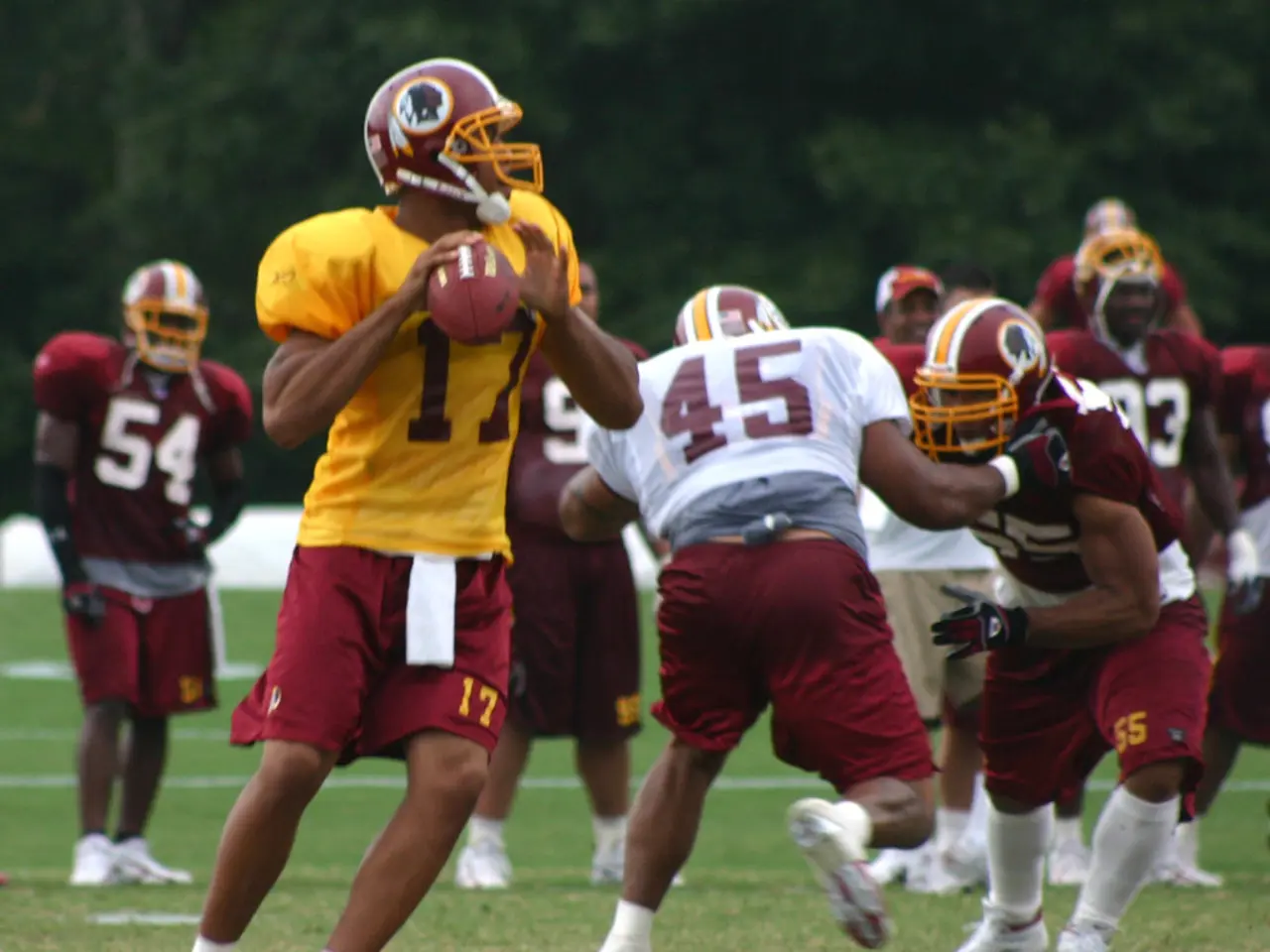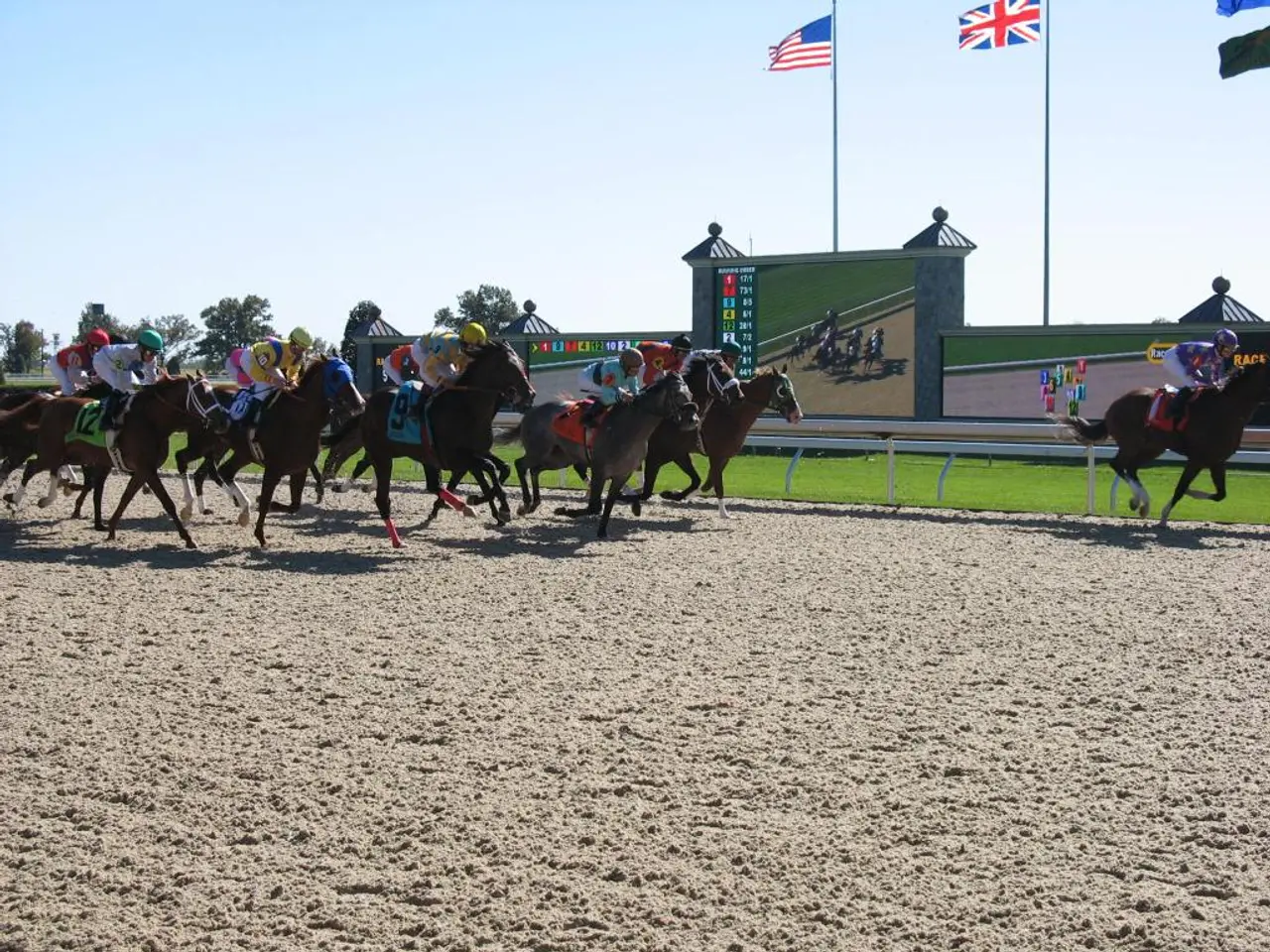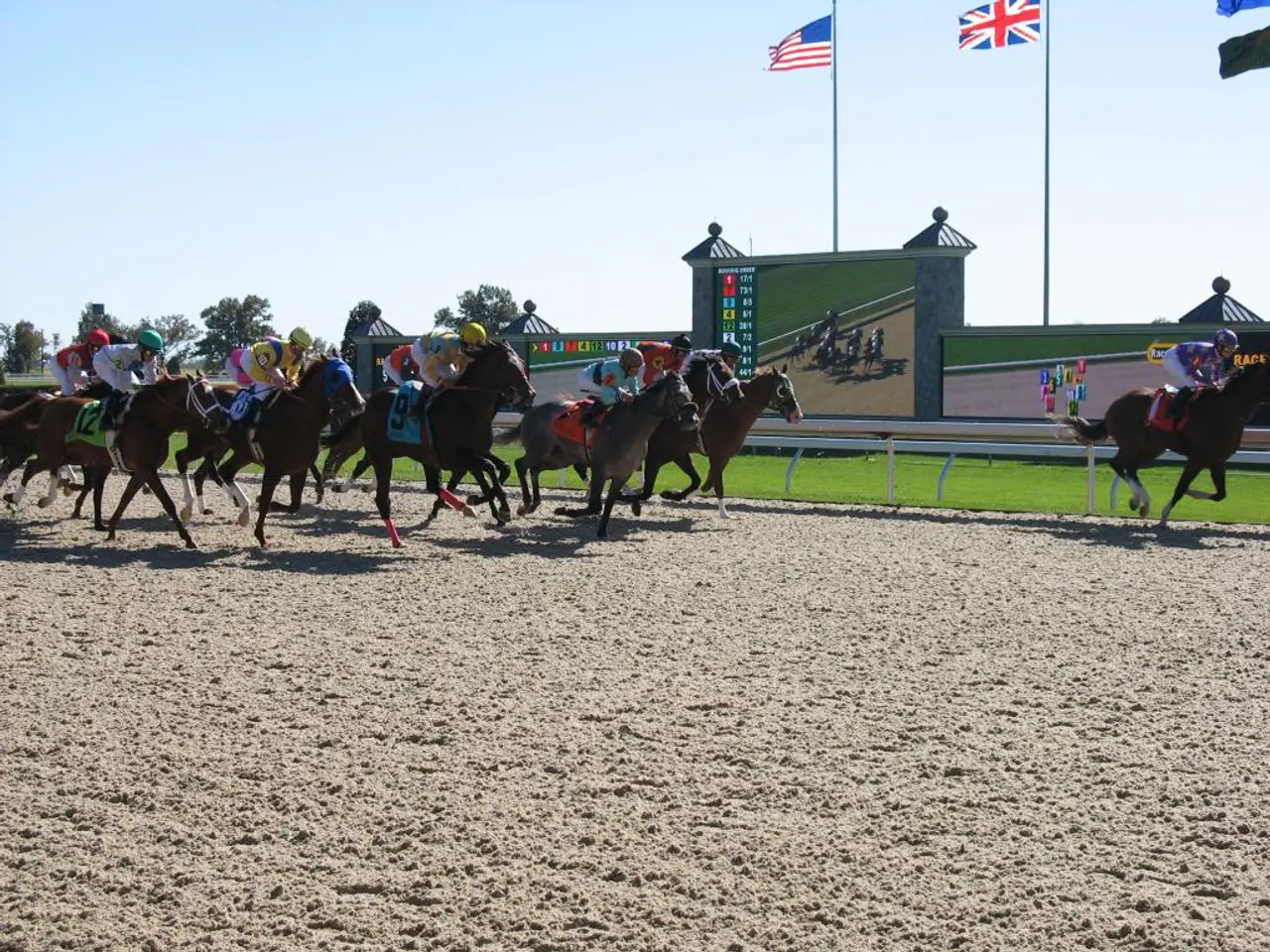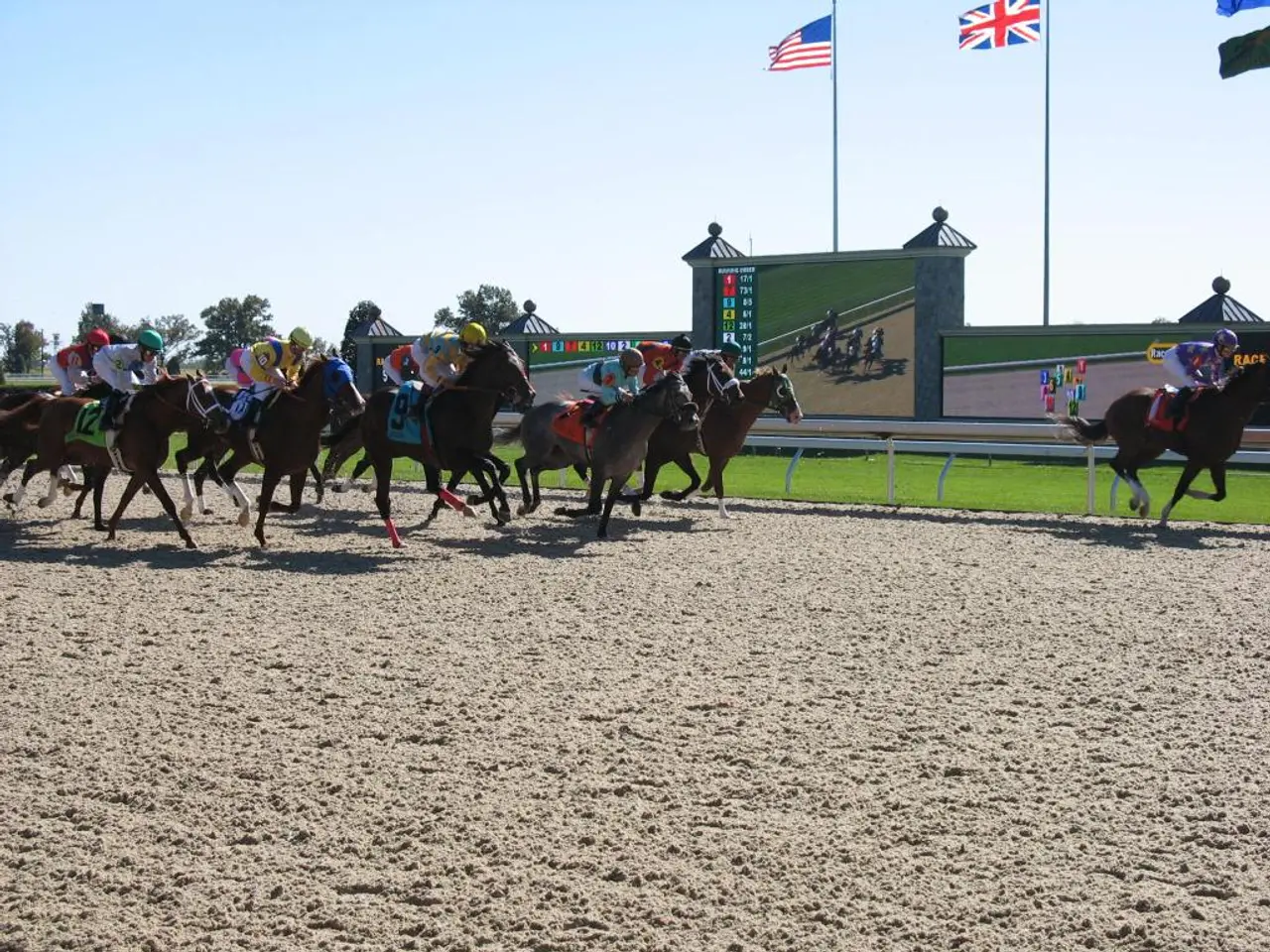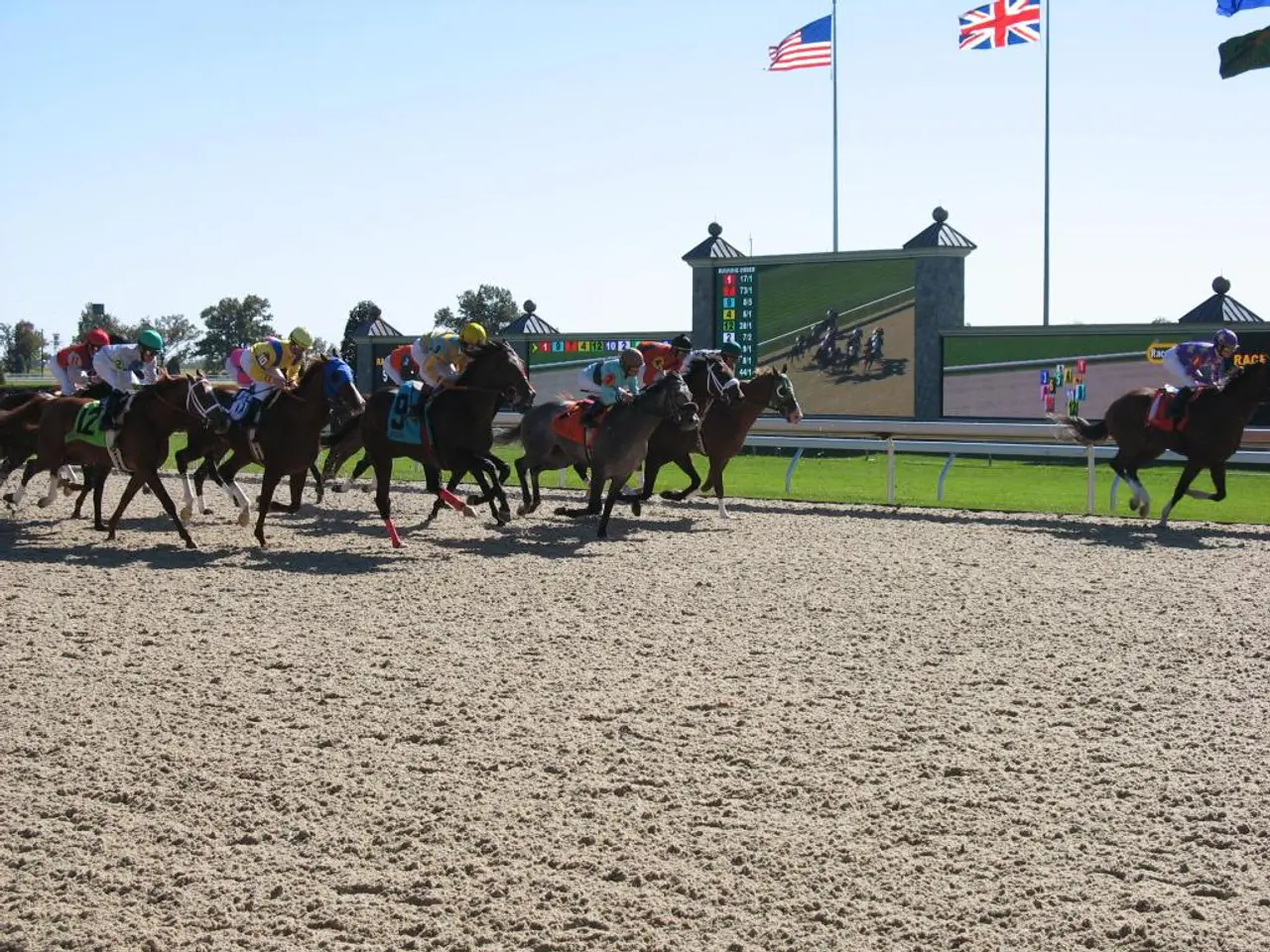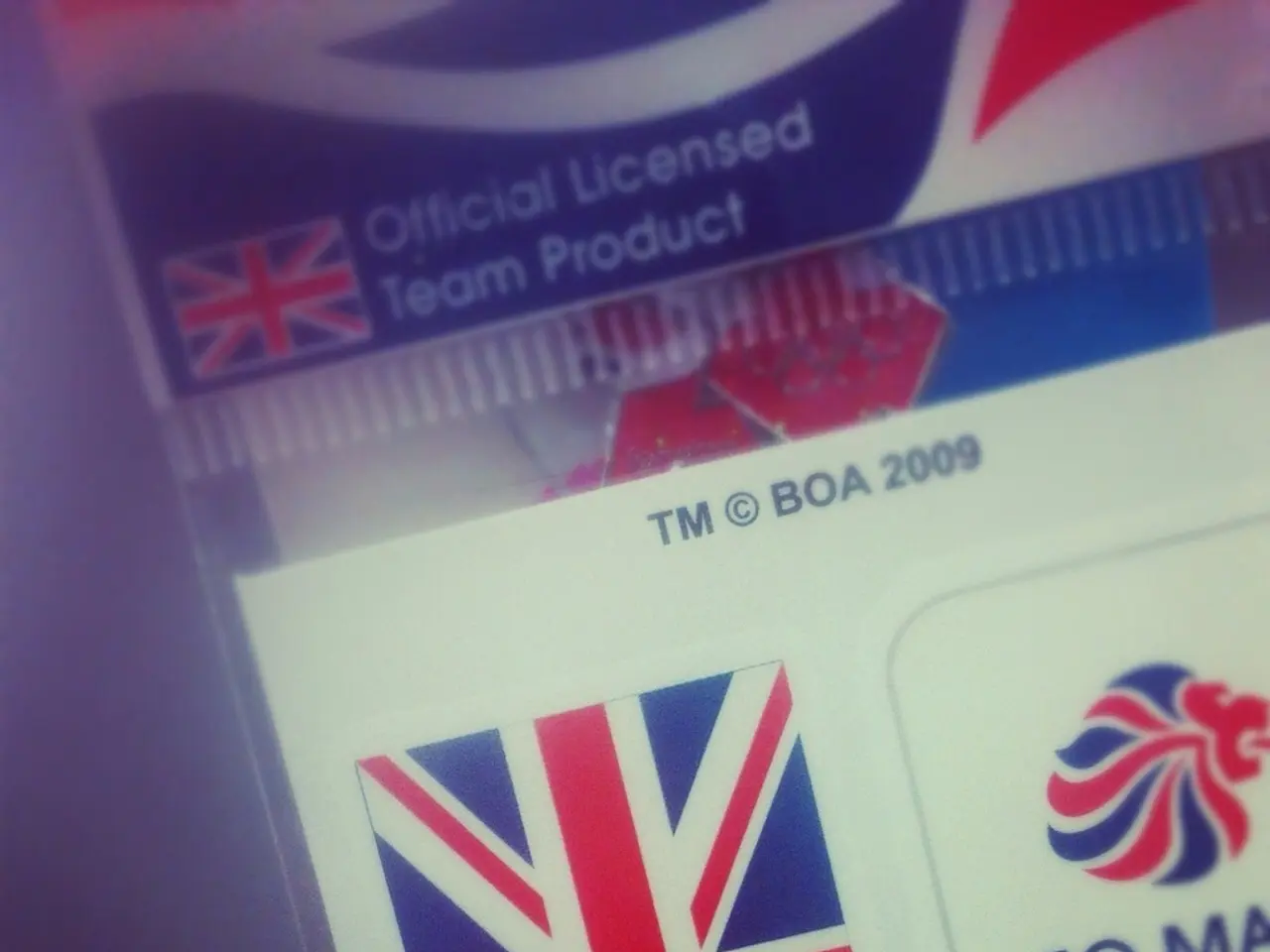The Basics of American Football Gameplay
American football is a fast-paced and strategic sport played on a rectangular field of 120 yards (110 meters) in length and 53 yards, 1 foot (49 meters) in width. The game is governed by a set of rules and positions that require specific strategies and skills. Here's an overview of the key offensive positions and their roles in the game.
Key Offensive Positions
- Quarterback (QB)
- Role: The quarterback is the leader of the offense, responsible for directing the team, calling plays, and executing passes or runs.
- Strategies: A quarterback must have a high game IQ, the ability to sense pressure, and accuracy when throwing. They often have to read defenses quickly to decide on the effective play.
- Rules: The quarterback must avoid intentional grounding (throwing the ball away without a receiver) and must not cross the line of scrimmage until the ball is snapped.
- Left Tackle (LT)
- Role: The left tackle protects the quarterback's blind side from pass rushers.
- Strategies: The left tackle uses blocking techniques to prevent defenders from reaching the quarterback.
- Rules: The left tackle must remain behind the line of scrimmage until the ball is snapped.
- Center (C)
- Role: The center is responsible for snapping the ball to the quarterback to start each play.
- Strategies: The center must have good blocking skills and read the defense to call appropriate blocking schemes.
- Rules: The center must snap the ball between their legs without moving it forward until contact is made.
- Wide Receiver (WR)
- Role: Wide receivers catch passes from the quarterback.
- Strategies: Wide receivers run routes to create separation from defenders. They must be aware of down and distance to adjust route depth.
- Rules: Wide receivers must not push off defenders to gain separation (illegal contact).
- Running Back (RB)
- Role: Running backs carry the ball on running plays or catch passes.
- Strategies: Running backs use speed and agility to evade tackles and must be able to block for the quarterback.
- Rules: Running backs must remain in bounds and not intentionally fumble the ball.
- Guard (G)
- Role: Guards block for the quarterback and running backs.
- Strategies: Guards use strength and technique to clear a path for the ball carrier.
- Rules: Guards must not block below the knees.
- Tight End (TE)
- Role: Tight ends block like linemen or act as receivers.
- Strategies: Tight ends often play hybrid roles, combining blocking and receiving skills.
- Rules: Tight ends must stay in the backfield or on the line of scrimmage before the snap.
General Strategies and Rules
- Offense Lineup: The offense must have a specific number of players on the field, usually 11, including the quarterback, running backs, wide receivers, and linemen.
- Downs: The offense has four downs (plays) to advance the ball 10 yards or score.
- Scoring: Points can be scored through touchdowns (6 points), field goals (3 points), or safeties (2 points).
- Penalties: Penalties such as holding, false start, and offsides can result in lost yards or even downs.
The ball, an essential piece of equipment in a football game, is an oblong sphere, 11 to 11.5 inches (27.9 - 29.2 cm) long, with a lengthwise circumference of about 28.5 inches (72.4 cm) and a width-wise circumference of about 21.5 inches (54.6 cm) in the middle of the ball. Official NFL footballs are handmade by Wilson Sporting Goods Co. and weigh between 14 and 15 ounces (397 - 425 grams).
In American football, a team is given a set of four downs, or attempts, to move the ball 10 yards. If they fail to do so, they surrender the ball to the other team, a situation known as turnover on downs. A team can kick a field goal for an extra point or attempt to run or pass the ball into the end zone for a two-point conversion after scoring a touchdown. A safety is awarded to a team when a player is tackled in their own end zone, and a touchdown is scored when any part of the ball reaches the edge of the opponent's goal line.
In a modern NFL game, there are as many as 20 cameras covering the fast-paced action of a game. Coaches can challenge an official's call by tossing a red flag on the field, but each team is allotted two challenges per game. An NFL game is divided into four quarters, with an extended halftime break between quarters two and three. Each quarter is 15 minutes long. If the teams are tied after four quarters of play, they play an additional overtime period of 15 minutes. In the overtime, the first team to score wins.
The field has a goal line, end lines, pylons, and yard lines and hash marks. The officials determine how many yards a team has advanced or lost after each play, and they place the ball at the point where the team has ended up. A punt occurs when the defensive team stops the offensive team from getting 10 yards in three downs, and the offensive team free-kicks, or punts, the ball to the other team on third down. A yellow flag is thrown by officials to signal an infraction.
The head linesman is responsible for calling infractions of player movement when lined up on the line of scrimmage and keeps track of the downs and manages the chain crew. The referee is the head official on the field and is responsible for giving signals and serving as the final authority on rule interpretation. The field judge makes calls regarding the wide receivers and backs on his side of the field. The back judge makes calls regarding the tight end and the player the tight end might be blocking and is responsible for keeping the time for the 25-second play clock, time-outs, and intermissions. The umpire rules on players' equipment and conduct.
In American football, a team advances toward the opponent's goal line, and a turnover occurs when a team recovers a ball dropped by the other team (fumble) or picks off a ball thrown by the other team's quarterback (interception). Some penalties include clipping, chop block, encroachment, excessive crowd noise, fair catch, intentional grounding, leaping rule, tuck rule, and "Emmitt Smith" helmet rule. An NFL officiating crew consists of six men, each with distinct responsibilities. The side judge makes calls regarding the wide receivers and backs on his side of the field, and the line judge keeps time during the game to backup the official clock operator and backs up the head linesman on line-of-scrimmage calls.
An official replay assistant can also initiate a review in the last two minutes of each half and in the overtime period. The most essential piece of equipment in a football game is the ball, which is handmade by Wilson Sporting Goods Co. A three-ply, synthetic lining is sewn inside the leather covering to protect the bladder and help the football keep its distinct, elongated shape. A play can be reviewed for scoring plays, pass complete, incomplete, or intercepted, out of bounds, recovery of a loose ball, illegal passes, quarterback incomplete forward pass or fumble, runner rule down by contact, touching of a kick, number of players on the field.
Overall, each position requires a unique set of skills and strategies, and understanding these roles is crucial for effective team performance.
- While American football has its own set of positions and strategies, it's interesting to note that sports like soccer and rugby, also known as football in many parts of the world, have similarities with American football in terms of the lively and strategic nature of the game.
- In comparison to American football, the sport of association football, or soccer, revolves around the strikers and midfielders, who are counterparts to the wide receivers and running backs, respectively, in American football. The aim in soccer is to score goals using any part of the body except the hands and arms, as opposed to American football where touchdowns are scored by carrying or catching the ball into the end zone.
